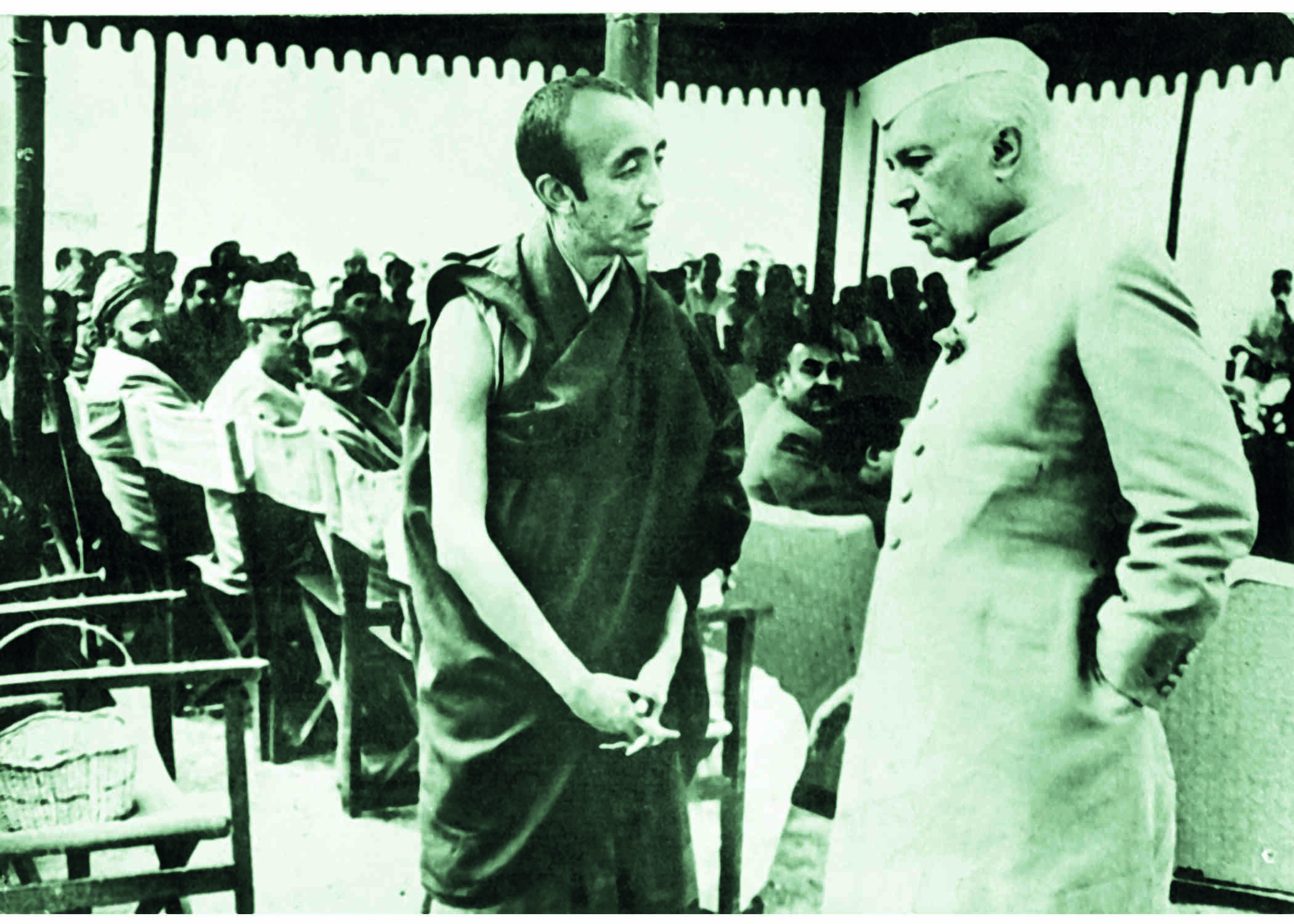Quest for autonomy
After independence, Ladakh, as an administrative district under Kashmir division, faced political marginalisation — nudging Ladakh Buddhist Association to demand for regional autonomy

With the signing of the Instrument of Accession on October 26 by Maharaja Hari Singh, and its acceptance by the Governor General (Mountbatten) a day later (on October 27), the erstwhile wazarat of Ladakh in the princely state of J&K became an administrative district under the Kashmir division of the state. Kashmir continued to dominate the political discourse, both nationally and globally, followed by Jammu which was the winter capital of the state, besides having the railhead for all supplies to and from the state. Ladakh, with its relatively small population, and just four seats in the state assembly (Nubra, Leh, Kargil and Zanskar) and one in the Union Parliament, was politically marginalised. Therefore, when the UT of Ladakh was carved out of the state of J&K on August 5, 2019 with the passage of the J&K reorganisation Act, it was seen as the fulfilment of a long standing demand of the Ladakh Buddhist Association which had been wanting to dissociate Ladakh from the J&K from the time of its inception in 1933 by Jigmet Dadul Namgyal, Kalon Tsewang Rigzin, Kalon Bankapa Morup Gyaltsan and Munshi Sonam Tsewang. To quote former ambassador and strategic thinker P Stobdan "Ladakh feels liberated after 185 years of slavery and coercion. The demand for a separate state of Ladakh has been pending since 1947 — older than the demand for Telangana."
In 1949, Cheewang Rigzin of the LBA gave a memorandum to Prime Minister Jawaharlal Nehru, which read as follows: "We are a separate nation by all tests — race, language, religion and culture — determining nationality, the only link connecting us with other people of the State being the bond of common ruler… Sheikh Abdullah (of the National Conference) built up his case (for plebiscite) on the validity of the Treaty of Amritsar. This Treaty bears upon the territory of Kashmir only. So while the ruler has consented to transfer his sovereign power in favour of all his people, Sheikh Abdullah and the people of Kashmir can, through this transference, manage the affairs of the whole country as they wish. But they do not have the power to appropriate against their will, a people, a separate nation, whom a separate treaty — the result of the war of 1834, twelve years anterior to the Treaty of Amritsar — bound to the ruler in special relationship in which, the people of Kashmir, who came into picture later naturally, did not figure at all." In the context of the proposed plebiscite about the future of the state, the memorandum stated: "In case the result of the plebiscite is favourable to India, we simply go a step further than other people of the State in seeking a closer union with that great country and in case it is otherwise, our verdict stands clear and unchallengeable. When we have decided to cut ourselves asunder from the State itself, the question of our forming part of Pakistan cannot arise at all…We have indeed made up our mind to join India; but what is our decision worth until India is prepared to accept it? We certainly make the offer for our own advantage; we see in our merger with India the only hope of our salvation… There is nothing in our offer which is in any way incompatible with the high idealism which characterises India's international policy. We might even say in positive terms that it is perfectly consistent with it. For, has not India repeatedly declared that it stands for the right of self-determination for all our nations, and are we not a nation whose right of self-determination it should uphold and to whom it should extend the protection it seeks?" The head Lama of Ladakh, Kushak Bakula, who later became an MP and India's ambassador to Mongolia, went a step further. He not only demanded an effective say in the administration of the state, but also asserted that they would join Tibet in the event of New Delhi not accepting the demand for Ladakh's autonomy. Although Kushak Bakula continued to be a member of the INC, he aired his views quite frankly, and his opinion on Ladakh received consideration from all political parties. He was made a member of the Minorities Commission by the Morarji Desai government. He also enjoyed a good rapport with Atal Behar Vajpayee.
In 1968, the Government of Jammu and Kashmir requested PB Gajendragadkar, a former Chief Justice of India, to investigate the charge of regional imbalances in the state. The commission acknowledged Ladakh's unequal share and recommended measures to rectify some of the wrongs. These included the setting up of a separate development board for Ladakh, inclusion of at least one Ladakhi in the State Cabinet, establishment of a degree college, revival of the single-line administration and merger of the proposed post of development commissioner with that of the deputy commissioner of Ladakh.
Views expressed are personal



